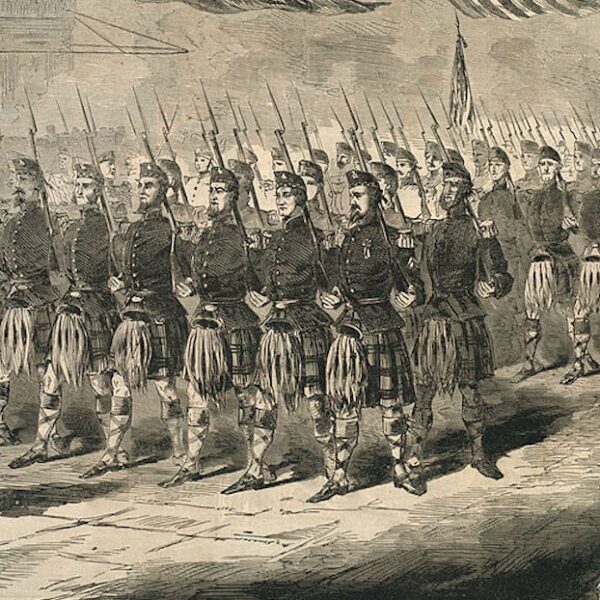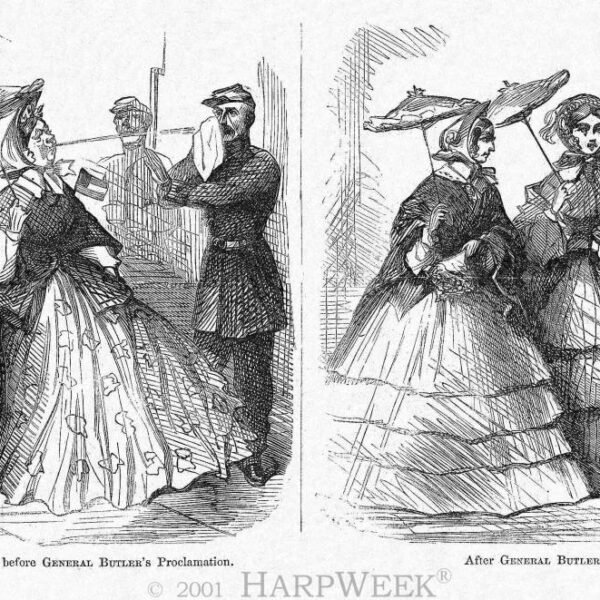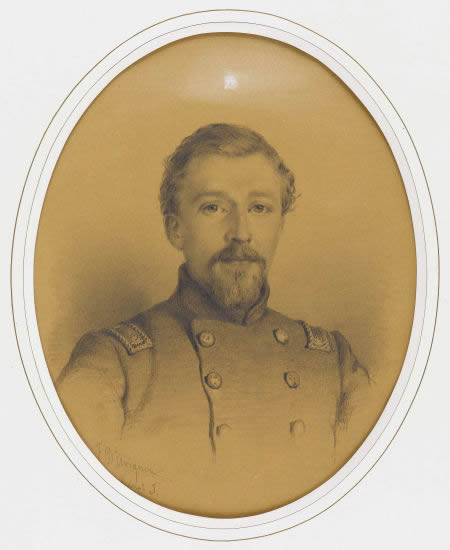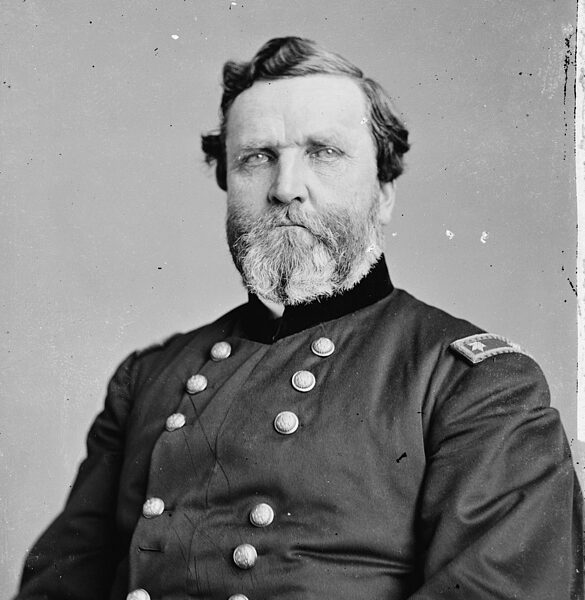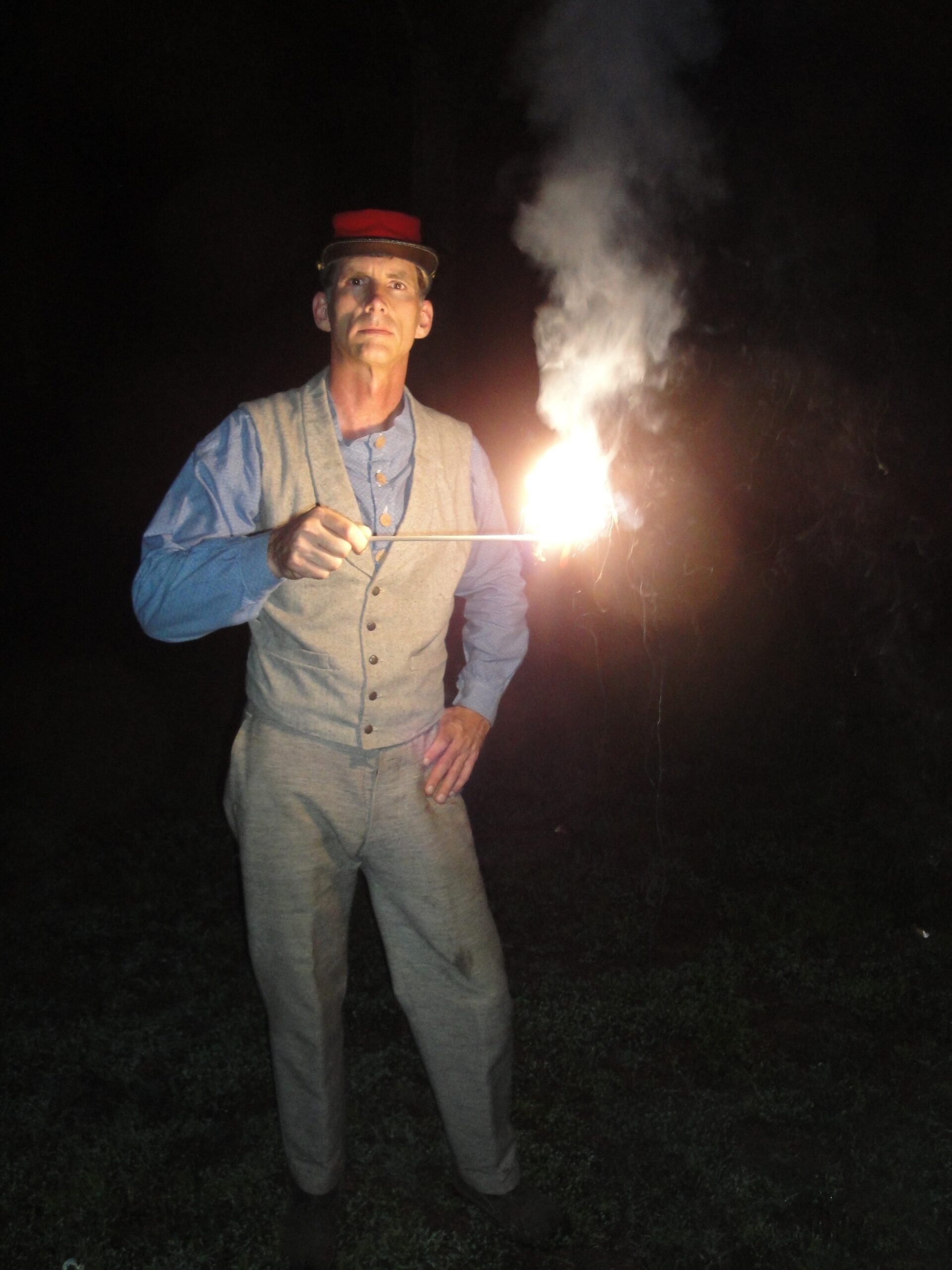
When the Confederate H.L. Hunley engaged the USS Housatonic on February 17, 1864, she made history as the first submarine to sink an enemy vessel. She also sparked one of the greatest mysteries of the Civil War when she failed to return to port, spending the next 136 years buried near the remains of her quarry in the sandy sea floor off Charleston, South Carolina. Recovered in 2000, the Hunley resides in a laboratory in North Charleston, where researchers are revealing the details of her construction, contents and crew. The circumstances of her sinking remain the greatest unsolved mystery, and her iconic “blue light” has played a central role in modern discussions of her fate.
A “blue light” signal purportedly from the Hunley’s crew has been cited by modern historians as proof that she survived the explosion of her own torpedo, only to suffer some other calamity as she left the sunken Housatonic on her return to shore. Official Confederate correspondence from her shore base states that prearranged signals from the sub were observed, and that an answering signal was displayed to guide her home. A postwar published account stated that these signals were two blue lights. An African-American sailor clinging to the rigging of the sunken Housatonic testified that he “saw a blue light on the water” just ahead of the Federal vessel coming to his crew’s aid. These three historical items are the basis for the claims of modern authors that a blue lantern was used by the Hunley to signal her success before she was herself lost.1
The blue lantern, however, is a modern myth, born of ignorance of a lost technology. The myth existed at least 30 years ago, when Clive Cussler’s 1980 team mistakenly conducted an unsuccessful search for the sub within a half-mile from shore, reasoning that a blue lantern could not have been seen by the Hunley’s shore base at distances much over a mile. Cussler’s team found the Hunley 15 years later close to her last recorded position near the Housatonic, four miles offshore from her base. The blue lantern myth has been cemented in the public consciousness by 30 years of repetition in published histories, movies, television, modern facsimiles, the claims of internet auctioneers, and the fervent arguments of its faithful devotees. Unsubstantiated by historical evidence, the blue lantern myth has recently been discredited by a new avenue of research.2
While previous researchers performed due diligence by mining the historical record for its mention of signals and “blue lights,” they failed to consider that the latter could mean anything other than an oil-burning lantern fitted with a blue glass lens. They erred by ignoring period dictionaries, scientific texts, military manuals, newspaper accounts and popular literature which are replete with the then-current definition of “blue light.” In 1864, “blue light” was widely known as a pyrotechnic composition used for night-time signaling and general illumination. It was a hand-held flare, similar to what we use today for roadside emergencies.3
Pyrotechnic blue light had been around for generations before the Civil War, a required item on U.S. Navy warships, and commonly used in the civilian world to illuminate tourist attractions such as caverns and other natural wonders. Some of the early recipes for the manufacture of pyrotechnic lights included ingredients meant to impart color, hence the name “blue light.” By 1864, however, the U.S. and C.S. military manuals’ specifications for “blue light” had dropped any such coloring agent, and the composition was meant to burn with a brilliant white flame. The military continued to use the time-honored moniker of “blue light” despite its white color, and this has confused modern researchers trying to identify a Hunley signal with a blue hue.4
By the 20th century, pyrotechnic blue light was obsolete and unfamiliar to Hunley researchers, who unfortunately failed to realize its 19th century meaning in historical accounts. Thus, authors imagined “blue lantern” when they read “blue light,” blinded by their modern context and their failure to consider the evolution of technology and language.
The final nail in the coffin of the blue lantern myth is the recently conserved lantern from the Hunley, which has a clear glass lens. The artifact is an example of the nineteenth century’s commonplace “dark lantern,” so-called because of an internal sliding shade used to display or hide the light at will. Neither designed as a signal device nor well-suited to the task, such dark lanterns were the Civil War’s equivalent of our modern flashlight, and the Hunley’s would have been used to illuminate the crew’s path to and from the submarine.5
The 1864 recipes for pyrotechnic blue light have been used to reproduce the signal, which has been tested under conditions similar to those the night that the Hunley sank the Housatonic. Online videos of this blue light provide striking evidence of its visibility, and confirm that it is effective over the four mile distance cited in the historical record.6
Rhetorical debate continues over whether the Hunley deserves to be called “successful,” if indeed she sank ignominiously from the effects of her own torpedo. Her defenders point to the blue light signals as proof that she survived the explosion, and that her crew perished from some other cause after accomplishing her mission. The mythic blue lantern is invoked by Hunley detractors, confident that such a dim light would be invisible from the Housatonic to shore, thus casting doubt on the veracity of the report of signals seen from land. By discrediting the blue lantern myth in favor of the highly visible pyrotechnic blue light, there is no longer any reason to doubt the historical accounts of signals, and it would seem that the H.L. Hunley deserves her proud label as history’s first successful combat submarine.
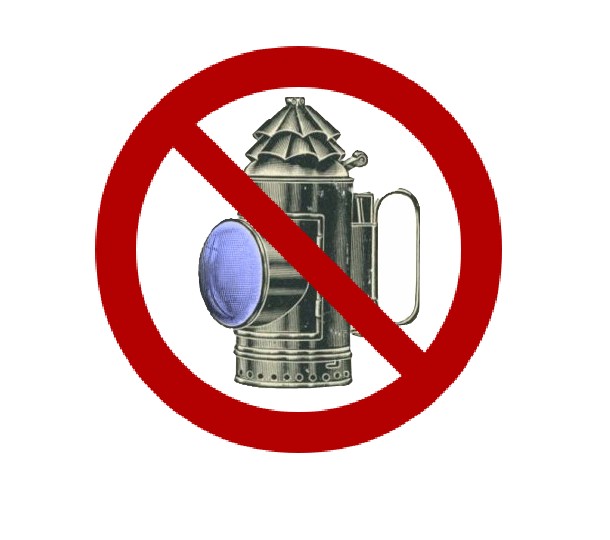
Christopher D. Rucker, MD, is an Otolaryngologist in Spartanburg, SC. He has over 15 years of experience serving replica field artillery pieces of the 18th and 19th centuries, and has a particular research interest in period pyrotechnic technologies.
1 Proceedings of the Naval Court of Inquiry on the Sinking of the Housatonic NARA Microfilm Publication M 273, reel 169, Records of the Judge Advocate General (Navy) Record Group 125
2 Clive Cussler and Craig Dirgo, The Sea Hunters (New York, 1996) p. 200
3 Noah Webster, International Dictionary of the English Language Comprising the issues of 1864, 1879 and 1884, ed. Noah Porter, p. 137; and W.H. Smyth, The Sailor’s Word Book: An Alphabetical Digest of Nautical Terms (London, 1867), p. 110
4 The Ordnance Manual for the Use of the Officers of the United States Army third ed., 1861, p. 307; and Josiah Gorgas, The Ordnance Manual for the Use of the Officers of the Confederate States Army (1863), p. 293
5 “Lantern from Confederate sub Hunley conserved” by Bruce Smith, Associated Press, April 19, 2012
6 See two YouTube videos: “Burning Blue Light” and “Making Civil War-Era Blue Light” by the author
Photo and illustration courtesy of the author.
Related topics: naval warfare

